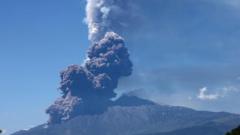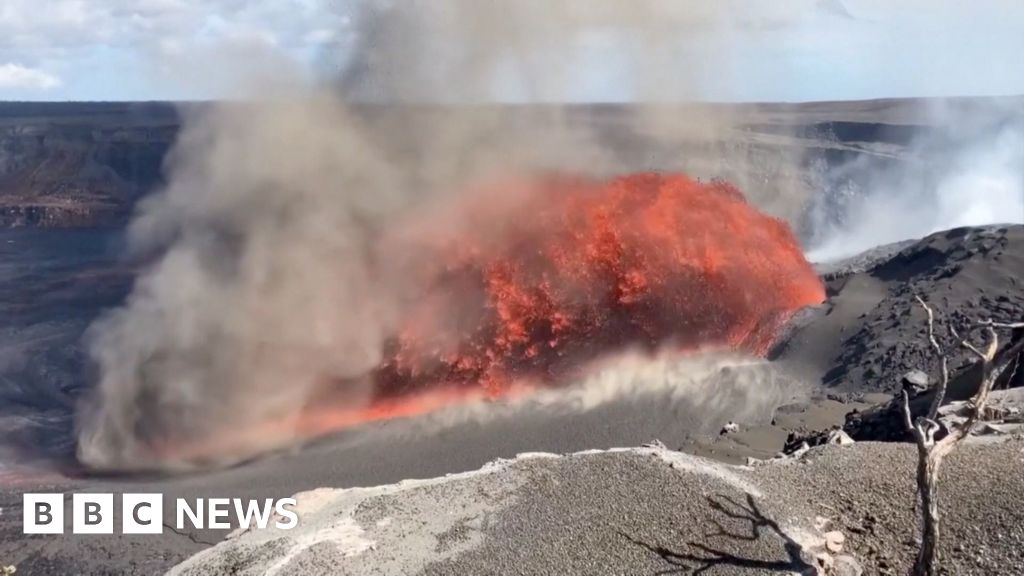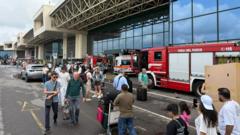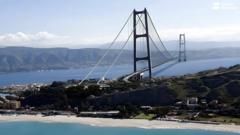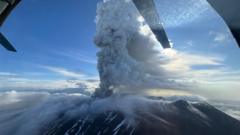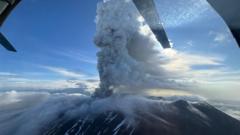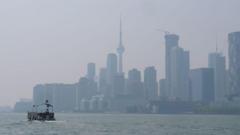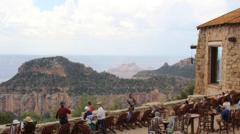Mount Etna, one of the planet's most active volcanoes, erupted early Monday morning, demonstrating its continuing volatility. Stunning images and videos captured thick plumes of ash and smoke billowing from the volcano, located on the island of Sicily. According to the National Institute of Geophysics and Volcanology (INGV) Etna Observatory, several explosions of "increasing intensity" were observed, marking the latest phase of volcanic activity.
While volcanoes often erupt and cause minimal harm, this latest event has attracted attention due to its visible impact. Reports indicate that the activity originated from the southeastern edge of Etna, where a known vent stretches about 200 meters. Geologists noted that a rapid flow of ash, gas, and volcanic rock recognized as a pyroclastic flow streamed down the volcano's slopes. Such flows can pose significant hazards, yet there is currently no threat to surrounding areas.
In a recent update, INGV indicated that the volcanic output had not extended beyond the Valley of the Lion, a spot where tourist excursions typically halt. The activity began at approximately 00:39 local time (22:39 GMT), leading to a classification of the eruptions as "Strombolian." These eruptions are typified by sporadic explosions caused by gas build-up in the magma chamber, akin to releasing pressure from a carbonated beverage.
A red alert had initially been issued, warning of potential disruptions to air travel due to the ash clouds; however, it was later downgraded as conditions stabilized. Previously, a significant eruption in February forced Catania airport to redirect numerous flights due to ash coverage, underscoring the volcano's capacity for disruption. For now, authorities are advising tourists to stay clear of lava flows as the spectacle continues to unfold on this awe-inspiring natural landmark.

